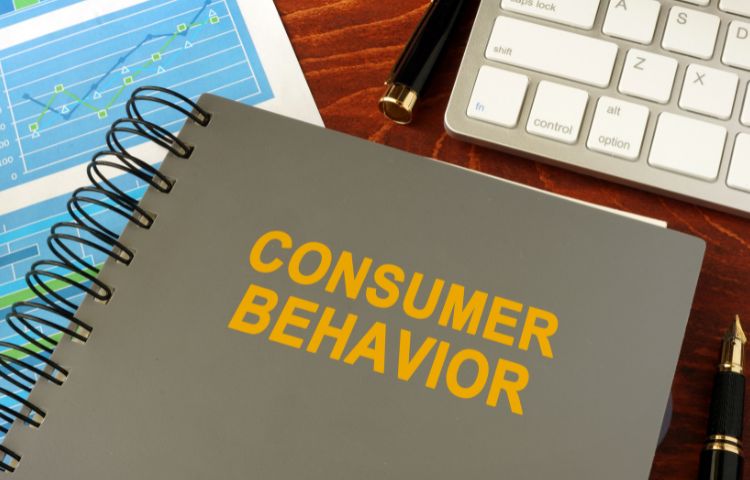

Prefer to listen instead? Here’s the podcast version of this article.
Predictive technology is a rapidly growing field of data-driven analytics that uses historical data to forecast future trends and outcomes. As businesses search for ways to stay ahead of their competitors, predictive technology gives them the insights they need to make informed decisions about the future. Let’s take a closer look at what predictive technology is and how it works.
What Are Predictive Technologies?
At its core, predictive technology is a set of tools used to extract insights from various types of data. It can be used to identify patterns in customer behavior, market movements, and more. The goal is to use these insights to understand customer needs better and predict future trends to anticipate market shifts. This allows businesses to prepare for potential changes before they happen, giving them a competitive advantage over those who don’t have access to this kind of detailed information.
Predictive technologies are becoming increasingly popular as organizations realize their potential value. Social media analysis tools like Twitter’s API can be used to monitor public sentiment on certain topics or products in real time; machine learning algorithms can detect anomalies in large datasets; natural language processing tools can interpret written text; sentiment analysis tools can identify customer sentiment; and artificial intelligence systems can sift through vast volumes of data with lightning speed. All of these capabilities provide businesses with actionable insights that can be used to inform decision-making processes.
How Predictive Technologies Work
Predictive technologies are powered by sophisticated algorithms that analyze large amounts of data in order to make predictions about the future based on past events or trends. The algorithms are trained using large datasets that contain historical information—such as customer interactions, sales figures, product reviews, etc.—and they use this information to identify patterns and correlations between different variables. By understanding how different factors interact, the algorithms can detect subtle shifts in the market before they become visible on the surface level. This allows businesses to get ahead of emerging trends before their competitors do—giving them an edge when it comes time for customers to make purchasing decisions
Predictive Technology & Customer Behavior
Predictive technologies use data-driven models to uncover insights into customer behavior and future trends. By analyzing customer data such as demographic information, past purchases, and online activity, predictive technologies can identify customer behavior patterns that can be used to anticipate future actions or decisions. For example, if a customer has recently been searching for products related to outdoor activities, predictive algorithms may suggest items related to camping and hiking when they revisit the website.
Predictive technologies can also be used to segment customers based on their behavior and interests. This allows businesses to tailor their marketing messages and offers more precisely to customers who fit certain profiles or demonstrate certain behaviors. For example, suppose a business has identified that a particular segment of customers is more likely to make repeat purchases of a certain product or service. In that case, they can target them specifically with special discounts or offers that are tailored for that segment’s needs.
Finally, predictive technologies can be used by businesses to create personalized experiences for their customers. By leveraging customer data such as past purchases and browsing history, companies can deliver highly customized experiences that are tailored specifically for each individual customer’s interests and preferences. This personalization helps build trust between customers and brands while increasing the likelihood of repeat purchases or conversions.
The Value of Customer Behavioral Data
Businesses need to understand how customers think and what they are thinking about. This is because it helps the business tailor their products and services in a way that will make the customer happy. The more we know about our customers, the better we can serve them. Predictive analytics is important because they provide insights into what customers want, which in turn, helps businesses create a better customer experience.
Predictive tools allow businesses to shape their experience more consistently and efficiently. A predictive analytics tool helps you test different possibilities, so you can make a cost-effective decision with a higher probability of success.
Predictive analytics is relevant to most businesses these days. It has a range of uses that can be applied in many fields., including:
Predictive technologies have become an invaluable tool for businesses hoping to gain an edge over their competitors in an ever-changing marketplace. These powerful tools allow organizations to make sense of massive amounts of data quickly and accurately so that they can prepare for potential shifts in consumer behavior or market dynamics before anyone else does. Whether you’re just getting started with predictive technologies or already deep into the world of big data analytics, having access to this kind of detailed information could mean all the difference when it comes time for customers to decide which product or service they want most—yours!
WEBINAR